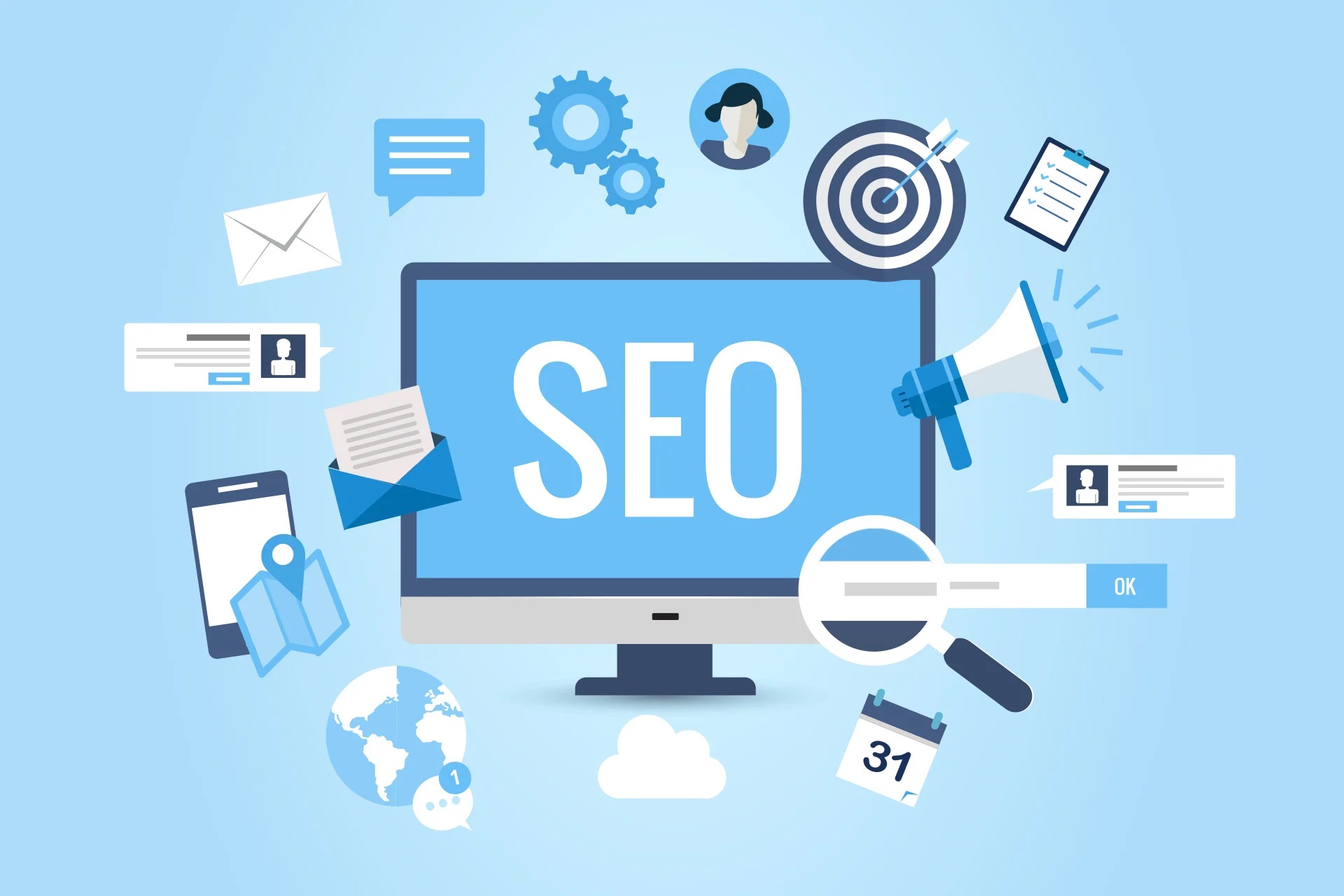Online marketing has become an essential part of business success. One of the key components of online marketing is search engine optimisation (SEO), which involves optimising a website to improve its visibility on search engine result pages (SERPs). While many businesses understand the importance of Affordable SEO services, a common question that arises is, “How long does it take to see results?”
In this blog post, we will delve into the factors that affect the timeline for seeing SEO results and provide a comprehensive overview of the different stages involved in the process.
Understanding the Factors Affecting SEO Results
When it comes to SEO, it is crucial to understand that numerous factors influence the timeframe for seeing results. One such factor is the age of the website. Older websites often have an advantage in terms of domain authority and backlinks, which can lead to faster results. On the other hand, if you have a new website, it may take longer to establish authority and start ranking well.
Another factor that plays a significant role in the timeline is the level of competition in your industry. Highly competitive industries with established players will naturally take longer to see results, as it requires more effort to surpass and outrank competitors. Conversely, if you operate in a niche market with less competition, you may see results more quickly.
The current status of your website is also crucial. If your website has technical issues, duplicate content, or poor user experience, it may take longer to see results. These issues need to be addressed before any significant progress can be made.
Lastly, keyword selection is vital. Highly competitive keywords will require more time and effort to rank for compared to long-tail keywords with less competition. A tailored approach based on individual circumstances is necessary to determine the timeline for seeing results.

Initial Changes and Optimisation (Weeks 1-4)
During the initial phase of SEO services, which typically spans 1-4 weeks, SEO professionals will conduct a thorough audit of your website. This audit helps identify any technical issues that may hinder your site’s performance on search engines. Additionally, keyword research is carried out to identify the most relevant and valuable keywords to target.
Once the audit and keyword research are complete, on-page optimisation takes place. This involves optimising your website’s meta tags, headings, URLs, and content to align with the targeted keywords. Technical fixes are also implemented to ensure that search engines can crawl and index your website effectively.
At this stage, you may start to notice some improvements in your website’s performance, such as increased organic traffic and higher rankings for certain keywords. However, it is essential to note that significant changes typically require more time and effort.
Building Authority and Creating Content (Months 2-6)
After the initial optimisation phase, the focus shifts towards building authority and creating high-quality content. Content creation plays a vital role in engaging users and attracting search engines. By publishing relevant and valuable content regularly, you can demonstrate your expertise in your industry and improve your website’s visibility.
Additionally, building backlinks is crucial for improving domain authority and search rankings. Backlinks are links from other websites that direct users to your site. SEO professionals employ various strategies, such as outreach and guest blogging, to acquire high-quality backlinks from reputable sources. Increasing the number of relevant, authoritative backlinks to your website can positively impact your search rankings.
During this phase, you can expect to see gradual improvements in your search rankings as your website gains authority and visibility. However, it is important to remember that SEO is a long-term strategy and that results may not be instantaneous.
Monitoring and Tweaking (Months 6+)
Beyond the initial months, SEO efforts become a continuous process of monitoring and tweaking. This stage involves analysing data, tracking performance metrics, and making adjustments based on the insights gained. SEO professionals use various tools to monitor keyword rankings, organic traffic, conversion rates, and other relevant metrics.
By monitoring the performance of your website, you can identify areas for improvement and make data-driven decisions. This ongoing process allows for continuous optimisation and ensures that your website remains competitive in the ever-evolving search landscape.
It is important to note that patience is key during this stage. SEO is not a quick-fix solution, and while you may see incremental improvements along the way, significant results often require months of consistent effort and effective strategies.
Conclusion:
In conclusion, the timeline for seeing results from SEO services depends on various factors, including website age, competition level, current website status, and keyword selection. While some improvements can be seen early on, achieving significant outcomes requires a long-term commitment to effective strategies.
The initial phase of SEO involves conducting an audit, keyword research, on-page optimisation, and technical fixes. The subsequent months focus on building authority, creating high-quality content, and acquiring backlinks. Beyond the initial stages, ongoing monitoring and tweaking are necessary to adapt to changes and optimise performance.
If you are considering SEO services, it is recommended to consult with experienced professionals who can assess your specific situation and provide tailored strategies. The world of SEO is dynamic, and partnering with experts can help you navigate the complexities and achieve long-term success in your online marketing efforts.

